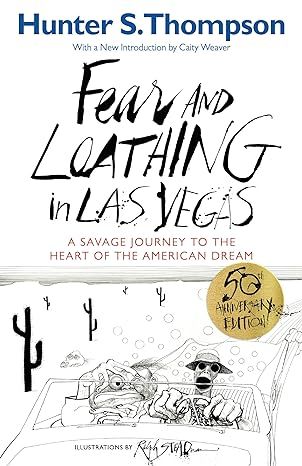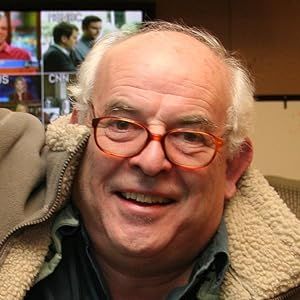Fear and Loathing in Las Vegas: A Savage Journey to the Heart of the American Dream
4.5
-
10,069 ratings
50th Anniversary Edition • With an introduction by Caity Weaver, acclaimed New York Times journalist
This cult classic of gonzo journalism is the best chronicle of drug-soaked, addle-brained, rollicking good times ever committed to the printed page. It is also the tale of a long weekend road trip that has gone down in the annals of American pop culture as one of the strangest journeys ever undertaken.
Also a major motion picture directed by Terry Gilliam, starring Johnny Depp and Benicio del Toro.
The novel Fear and Loathing in Las Vegas is based on two trips to Las Vegas, Nevada, that Hunter S. Thompson took with attorney and Chicano activist Oscar Zeta Acosta in March and April 1971. The first trip resulted from an exposé Thompson was writing for Rolling Stone magazine about the Mexican American television journalist Rubén Salazar, whom officers of the Los Angeles County Sheriff's Department had shot and killed with a tear gas grenade fired at close range during the National Chicano Moratorium March against the Vietnam War in 1970. Thompson was using Acosta—a prominent Mexican American political activist and attorney—as a central source for the story, and the two found it difficult for a brown-skinned Mexican to talk openly with a white reporter in the racially tense atmosphere of Los Angeles, California. The two needed a more comfortable place to discuss the story and decided to take advantage of an offer from Sports Illustrated to write photograph captions for the annual Mint 400 desert race being held in Las Vegas from March 21–23, 1971.
Thompson wrote that he concluded their March trip by spending some 36 hours alone in a hotel room "feverishly writing in my notebook" about his experiences. These writings became the genesis of Fear and Loathing in Las Vegas: A Savage Journey to the Heart of the American Dream.
What originally was a 250-word photo caption assignment for Sports Illustrated grew to a novel-length feature story for Rolling Stone; Thompson said publisher Jann Wenner had "liked the first 20 or so jangled pages enough to take it seriously on its own terms and tentatively scheduled it for publication—which gave me the push I needed to keep working on it." He had first submitted a 2,500-word manuscript to Sports Illustrated that was "aggressively rejected."
Kindle
$12.99
Available instantly
Audiobook
$0.00
with membership
Hardcover
$30.93
Paperback
$9.99
Ships from
Amazon.com
Payment
Secure transaction
ISBN-10
9780679785897
ISBN-13
978-0679785897
Print length
204 pages
Language
English
Publisher
Vintage
Publication date
May 12, 1998
Dimensions
8.5 x 5.43 x 0.3 inches
Item weight
7.4 ounces
Popular Highlights in this book
In a closed society where everybody’s guilty, the only crime is getting caught. In a world of thieves, the only final sin is stupidity.
Highlighted by 3,038 Kindle readers
Every now and then when your life gets complicated and the weasels start closing in, the only real cure is to load up on heinous chemicals and then drive like a bastard from Hollywood to Las Vegas.
Highlighted by 2,210 Kindle readers
No, this is not a good town for psychedelic drugs. Reality itself is too twisted.
Highlighted by 1,964 Kindle readers
Product details
ASIN :
0679785892
File size :
3010 KB
Text-to-speech :
Enabled
Screen reader :
Supported
Enhanced typesetting :
Enabled
X-Ray :
Enabled
Word wise :
Enabled
Editorial Reviews
Heralded as the "best book on the dope decade" by the New York Times Book Review, Hunter S. Thompson's documented drug orgy through Las Vegas would no doubt leave Nancy Reagan blushing and D.A.R.E. founders rethinking their motto. Under the pseudonym of Raoul Duke, Thompson travels with his Samoan attorney, Dr. Gonzo, in a souped-up convertible dubbed the "Great Red Shark." In its trunk, they stow "two bags of grass, seventy-five pellets of mescaline, five sheets of high-powered blotter acid, a salt shaker half-full of cocaine and a whole galaxy of multicolored uppers, downers, screamers, laughers.... A quart of tequila, a quart of rum, a case of Budweiser, a pint of raw ether and two dozen amyls," which they manage to consume during their short tour.
On assignment from a sports magazine to cover "the fabulous Mint 400"--a free-for-all biker's race in the heart of the Nevada desert--the drug-a-delic duo stumbles through Vegas in hallucinatory hopes of finding the American dream (two truck-stop waitresses tell them it's nearby, but can't remember if it's on the right or the left). They of course never get the story, but they do commit the only sins in Vegas: "burning the locals, abusing the tourists, terrifying the help." For Thompson to remember and pen his experiences with such clarity and wit is nothing short of a miracle; an impressive feat no matter how one feels about the subject matter. A first-rate sensibility twinger, Fear and Loathing in Las Vegas is a pop-culture classic, an icon of an era past, and a nugget of pure comedic genius. --Rebekah Warren
Sample
“He who makes a beast of himself gets rid of the pain of being a man.” —DR. JOHNSON
Introduction by Caity Weaver
The problem with hurtling face-forward from violent and varied angles in a human-sized cage as mall-parking-lot asphalt and blank blue sky ooze kaleidoscopically in and out of view is that by the time it’s happening, it’s too late to stop doing it. You are already strapped in for the ride, or so we pray. After all, at certain heights and velocities, yelps of exuberance are indistinguishable from the screams of human terror likely to precede those horrific accidents that even the spectacularly patchy data collected from our nation’s church carnivals and county fairs indicate occur with some regularity on rentable amusements. An unlucky summer can balloon the number of recorded injuries into the lodging capacity of the Bellagio in Las Vegas (3,950, assuming single-room occupancy)—a not-unfathomable figure given the population of the United States, but still, that’s quite a lot of rooms, especially taking into account that at least several Americans are too old to ride, or too young, or too unwilling to gamble their physical safety on an enormous spinning machine of out-of-state provenance assembled in an afternoon by a stranger who could be a lunatic or, worse, generally careless with no local ties.
From its first words confidently addressing the disoriented reader mid-story, Fear and Loathing in Las Vegas is similarly exhilarating, ill-advised, and inescapable. The reader may scramble for purchase while oncoming sentences rush by like 120-mph desert-scrub brush cannonballing past the perfectly still interior of a luxury vehicle, but evacuation is, regrettably, no longer an option. The ground has dropped out from beneath him; he is being hurled through the air, and the conductor of this ride is an unreliable narrator who is almost certainly a lunatic or, worse, generally careless with no local ties. The reader does not even make it out of the first paragraph before the car in which he finds himself is attacked by a barrage of “what looked like huge bats”—unholy creatures that, he learns later in that same paragraph, do not exist. Fear and Loathing unfolds at the speed of thought—a pace inhospitable to human sanity. Besides providing his audience of captives with reading material that is hilarious, riveting, and deceptively short (substantial space being devoted to illustration), the single kind act executed by the storyteller (essentially Hunter S. Thompson, but also, and more extremely, Raoul Duke—a man very much like Thompson but unwilling, for instance, to accept a telegram on his behalf) is the installation of a reader surrogate in this opening scene. The narrator’s unbalanced reaction to a politely petrified “Okie” hitchhiker—
Read more
About the authors
Hunter S. Thompson
Hunter Stockton Thompson was an American journalist and author. He rose to prominence with the publication of Hell's Angels (1967), a book for which he spent a year living with the Hells Angels motorcycle club to write a first-hand account of their lives and experiences. In 1970, he wrote an unconventional article titled "The Kentucky Derby Is Decadent and Depraved" for Scanlan's Monthly, which further raised his profile as a countercultural figure. It also set him on the path to establishing his own subgenre of New Journalism that he called "Gonzo", a journalistic style in which the writer becomes a central figure and participant in the events of the narrative.
Read more
Reviews
Customer reviews
4.5 out of 5
10,069 global ratings
Aren LeBrun
5
A fantastic triumph in literature – will mean more to some than to others
Reviewed in the United States on September 20, 2018
Verified Purchase
Fear and Loathing in Las Vegas: A Savage Journey to the Heart of the American Dream was, as is probably common, the first book by Hunter Thompson I ever heard about. Since then I've read it twice. The first time I was 15, and it appealed to me for a lot of the reasons one would expect. Thompson was raunchy and hilarious, intelligent, endlessly passionate, moral, angry at the squares, and his writing "had balls" (this being my probable takeaway in 2009).
I was hooked on HST's moral philosophy and precise writing style right away. Immediately after F&L I read Hell's Angels, his first published book, and loved that too. Through the years since I've read most of his other books -- The Proud Highway, Fear and Loathing on the Campaign Trail '72, The Great Shark Hunt, and the Rum Diary most notable among them.
Very recently, a workplace debate with a coworker who despises Fear and Loathing in Las Vegas (and Thompson as a concept) inspired me to go back and read F&L a second time. It's been almost 10 years since the first reading, and I'm shocked at how much of what he was really talking about flew right over my head when I was 15. The slapstick humor and ridiculous hi-jinks that Raoul Duke and his "attorney" Dr. Gonzo get into are still fun and aptly described, but on a closer reading these serve a similar purpose as does the magician's other hand, yanking your attention away from the real thing going on.
This really is the quintessential novel about the death of the American 60s and the youth idealism of that period. If you've heard anything about this book you're probably familiar with the chaos and the hedonism and the rampant drug use (all admitted by Thompson as fictional exaggerations), and you probably know one-liners like: "We were somewhere around Barstow on the edge of the desert when the drugs began to take hold," or "Buy the ticket, take the ride," or the famous "“We can't stop here, this is bat country!” To most non-fans Thompson is best remembered for these sort of one-offs that've been made cliche by the commercial reproduction machine.
Below is a long-ish passage about the end of the 60s from Fear in Loathing in Las Vegas that is less well-known than the cliches and displays Thompson as what he really was beneath the rage, drugs, and liquor: a visionary thinker and writer of the first order.
“Strange memories on this nervous night in Las Vegas. Five years later? Six? It seems like a lifetime, or at least a Main Era—the kind of peak that never comes again. San Francisco in the middle sixties was a very special time and place to be a part of. Maybe it meant something. Maybe not, in the long run . . . but no explanation, no mix of words or music or memories can touch that sense of knowing that you were there and alive in that corner of time and the world. Whatever it meant. . . .
History is hard to know, because of all the hired bullshit, but even without being sure of “history” it seems entirely reasonable to think that every now and then the energy of a whole generation comes to a head in a long fine flash, for reasons that nobody really understands at the time—and which never explain, in retrospect, what actually happened.
My central memory of that time seems to hang on one or five or maybe forty nights—or very early mornings—when I left the Fillmore half-crazy and, instead of going home, aimed the big 650 Lightning across the Bay Bridge at a hundred miles an hour wearing L. L. Bean shorts and a Butte sheepherder's jacket . . . booming through the Treasure Island tunnel at the lights of Oakland and Berkeley and Richmond, not quite sure which turn-off to take when I got to the other end (always stalling at the toll-gate, too twisted to find neutral while I fumbled for change) . . . but being absolutely certain that no matter which way I went I would come to a place where people were just as high and wild as I was: No doubt at all about that. . . .
There was madness in any direction, at any hour. If not across the Bay, then up the Golden Gate or down 101 to Los Altos or La Honda. . . . You could strike sparks anywhere. There was a fantastic universal sense that whatever we were doing was right, that we were winning. . . .
And that, I think, was the handle—that sense of inevitable victory over the forces of Old and Evil. Not in any mean or military sense; we didn’t need that. Our energy would simply prevail. There was no point in fighting—on our side or theirs. We had all the momentum; we were riding the crest of a high and beautiful wave. . . .
So now, less than five years later, you can go up on a steep hill in Las Vegas and look West, and with the right kind of eyes you can almost see the high-water mark—that place where the wave finally broke and rolled back.”
Read more
112 people found this helpful
LynnS77
5
Hunter S. Thompson Classic
Reviewed in the United States on November 21, 2023
Verified Purchase
I’m going to admit to doing my review years after having read this the last time. I will also admit that some of the humor that I found to be “wet my pants” funny was lost on me as I read it in my maturity as opposed to when I was in my twenties. It was still one of the most uniquely humorous and timely books that I ever read from 1971.
Hunter S. Thompson and his attorney, who was in reality Oscar Zeta Acosta who was forever memorialized in “Fear and Loathing in Las Vegas” as Dr. Gonzo, his Samoan attorney. According to Thompson, the 1971 book was the first time he himself had used the term “Gonzo Journalism”, although another journalist gave his work that moniker on the 68 campaign trail. The book is almost entirely drug culture related humor, although the signs of the times are liberally distributed throughout the book, such as Vietnam and Nixon. Obviously, most of the book was highly fictionalized, although Thompson himself admitted to doing all manner of recreational drugs while he was writing.
In the book, Thompson and Dr, Gonzo go on a drug fueled safari through Las Vegas, envisioning terrors real and and unreal as both Vegas and hallucinogenics produce, giving us both laughs and at times wry wisdom. This book was considered a monstrosity by the establishment when it was written, but is absolutely in the halls of the classics now.
No sympathy for the devil; keep that in mind. Buy the ticket, take the ride… And if it occasionally gets a little heavier than you had in mind, well… Maybe chalk it up to forced consciousness expansion: tune in, Freakout, get beaten.
Read more
2 people found this helpful
Walter E. Kurtz
5
Surreal at first glance, but quite realistic at second.
Reviewed in the United States on April 12, 2012
Verified Purchase
This book is something of a landmark. Although Hunter S. Thompson wrote books before and published hundreds of articles, Fear and Loathing in Las Vegas was the first one to achieve success and make his name famous. It is also this book that made the concept of Gonzo journalism popular. In fact, the very term "Gonzo journalism" was coined for the very first time in this very book.
What is Gonzo journalism? Thompson was a journalist in the sense that he wrote articles for magazines and newspapers and was sent on assignments to cover various events. However, he did not like to think of himself as a journalist because he disagreed with the whole concept of journalistic objectivity. He believed that it is a myth and, in any case, should not exist even if it were possible. His alternative was Gonzo journalism which, in his own words, means "telling it as it is". Gonzo journalists frequently and openly add their emotions to the stories.
For example, a mainstream journalist covering some politician's speech will say that the politician said this and that. A Gonzo journalist will also narrate what was said in the speech, but he might also add that the speech was stupid and boring and not to be trusted because the politician in question is a lying swine.
Although Gonzo journalists are not supposed to write complete fiction, they often edit and rearrange events for better narrative, exaggerate or downplay things and add a little bit of fiction (but not too much) for good effect.
Gonzo journalism gained some small amount of respect and popularity after Fear and Loathing, but it was only with the establishment of the Internet and the spread of private blogs that it exploded.
The book is, at least officially, not a work of fiction, but an autobiographical novel about Thompson's trip to Las Vegas in 1971 to cover Mint 400 race and a police convention on narcotics.
It is known that he really did attend these two events, but a month apart and not few days apart as in the book. There is a lot of debate what in the book is authentic and what is fiction. I guess we will never know. My review does not go into that. I take the book "as it is".
Fear and Loathing in Las Vegas is the story of journalist Raoul Duke (Thompson's alter ego) and his Samoan attorney referred to only as Dr. Gonzo. Duke is assigned to cover the Mint 400 race and Dr. Gonzo tags along.
They get themselves a big red Cadillac, pack the trunk full with assorted drugs and off they go. Few days later they go back to cover a police convention on narcotics. In the meantime they also look for the American Dream, without having the slightest idea just what exactly American Dream is. The two are almost permanently on drugs. Their conversations and behavior are so weird, paranoid and outrageous that you can never be sure if they are under influence of something or not. The situations they get themselves involved in range from hilarious to violent, sad, bewildering and sometimes all of the above rolled into one. Strangely, although farfetched, these happenings are all believable. The two of them are often afraid of the law, but despite behavior that sometimes borders on criminality, no one calls police on them.
I find it perfectly realistic. When confronted with crazy behavior, people tend to react in a number of ways. They might assume that this is a joke and laugh, they might be so shocked that they might not know what to do or they play along just to make the crazy person go away. People are willing to buy any excuse you can give them. Duke and Gonzo often get away with their shenanigans simply by saying things like: "my friend is drunk," or "my friend has a heart problem and he just took his medicine". People don't want to have more problems than they already have. Unless things turn violent, they prefer not to call the authorities.
But the book is much more than "two junkies gone wild", however. There are a number of themes here. I will speak of the three major ones I've found. One is drugs. Although drugs have been around for long time, their popularity exploded in 1960s. They were the newest form of entertainment and formed part of the cultural revolution. Taking them was a way of rebelling against authority and the old order. But they quickly lost their luster and became a way of escaping reality. People took drugs for the same reason why some drink themselves into oblivion - to escape life and its problems. It was no longer about entertainment or exploring other states of consciousness. It was about shutting yourself down in order to avoid dealing with the world. This was in a way a betrayal of the ideals of the 1960s, which were about changing the world for the better and not isolating yourself from it.
Another theme is ridiculing and disrespecting authority. The authorities are portrayed as incompetent buffoons at best and corrupt and abusive at worst. Police gets the worst treatment, and no stronger is that denigration than the police conference on narcotics. The cops are completely detached from reality to the point of being laughing stock. Their knowledge of drugs, drug use and drug users is ridiculous and plain wrong. They even fail to notice two junkies literally sitting in their midst and making fun of them. But the saddest thing is that the cops don't even care about learning and deepening their knowledge; they came to Vegas to gamble and have good time. The conference is just an excuse. And I bed the trip and the stay were paid by the taxpayer.
But police are not the only ones who get the short end of the stick. Politicians, when not called liars, are made fun of. Celebrities are disrespected. An astronaut (this was just two years after Moon landing) is exposed as an egocentric idiot. Even religion is ridiculed in the form of a young, devoutly religious girl who jumps at the first chance she gets to do some drugs and engage in casual sex with a stranger. When not on drugs, she spends her time praying and painting portraits of Barbara Streisand.
In the background there is a quest for the American Dream. The two "heroes" have no idea what the American Dream is, much less where to find it, but they think that Las Vegas is the best place to look for it. And why not? Many books have been written about the American Dream. There is no clear definition of just what this American Dream is because it is a subjective concept. However, for most people American Dream is a materialistic concept to be understood in economic terms. For most people American Dream simply means getting rich.
And what better place to get rich than Las Vegas, a city whose purpose is, at least officially, to help you get rich? The city was built around its casinos, and a casino is a place where, at least in theory, you can get fabulously rich in very short time with very little effort. Of course, and the book makes it clear, it is a lie. In Vegas, like in any other gambling place, the house always wins in the end. Even if you win at the table and walk away, they will get that money from you in some other way.
The whole getting rich thing brings us to the idea of consumer society. What is the point of getting rich if you don't spend your money? Raoul Duke and Dr. Gonzo spend their time insulting, disrupting and desecrating the consumer culture any way they can, from not paying huge hotel bills to wantonly destroying expensive property to joking about organizing a gang rape on the religious girl just for fun and money. They do so as they roll through Las Vegas, exposing its glamorous side for what it is (a money sucking scheme) and showing us its ugly, hidden side.
They do find the American Dream eventually. There used to be a psychiatric club by that name that burned out and then was overtaken by local junkies. Talk about metaphors.
The book is a fantastic read and still very relevant today. The current situation in America bears striking resemblance to that era. An unpopular war is being fought based on lies, authorities gather more and more power while they hide their corruption and incompetence, politicians claim to represent the common man while they sell themselves to whatever corporation can pay them the most all the while we are told that nothing is happening and to keep spending money as before while a deep economic and social crisis is unfolding. If things changed at all since 1971, it is for the worse.
Read more
35 people found this helpful
The Big Bad Wolf
5
A serious drug collection...
Reviewed in the United States on June 1, 2024
Verified Purchase
Buy the ticket, take the ride! A must read for everyone! Then watch the movie. Then read the book again. Also listen to the audiobook on audible. Find the Jim Jarmusch audio version as well. WARNING ⚠️: Does not contain LSD. Do not eat book.
Hornet
4
Fantastic Book - Not so great printing.
Reviewed in the United States on May 11, 2024
Verified Purchase
I read this book years ago, but didn't have a personal copy of it so I ordered here on Amazon. The book itself is fantastic - Hunter S. Thompson was an incredibly interesting author & his unconventional style of writing is deep, yet easy to read. This book would probably surprise young people today as it illustrates the failures of the 1960's - 1970's counterculture. One star off for the paper & ink quality - my hands were filthy after every reading & the paper felt rough.
Read more
Best Sellers

The Great Alone: A Novel
4.6
-
152,447
$5.49
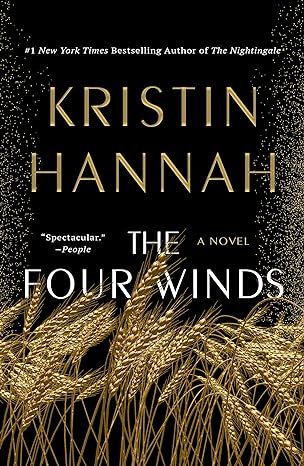
The Four Winds
4.6
-
156,242
$9.99

Winter Garden
4.6
-
72,838
$7.37

The Nightingale: A Novel
4.7
-
309,637
$8.61
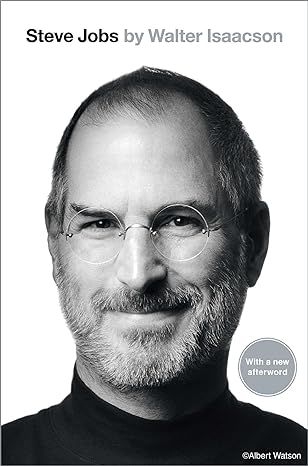
Steve Jobs
4.7
-
24,596
$1.78
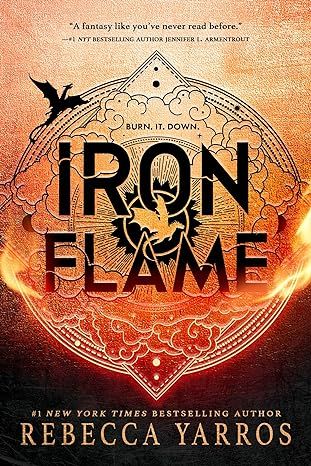
Iron Flame (The Empyrean, 2)
4.6
-
164,732
$14.99

A Court of Thorns and Roses Paperback Box Set (5 books) (A Court of Thorns and Roses, 9)
4.8
-
26,559
$37.99

Pretty Girls: A Novel
4.3
-
88,539
$3.67

The Bad Weather Friend
4.1
-
34,750
$12.78

Pucking Around: A Why Choose Hockey Romance (Jacksonville Rays Hockey)
4.3
-
41,599
$14.84

Start with Why: How Great Leaders Inspire Everyone to Take Action
4.6
-
37,152
$9.99
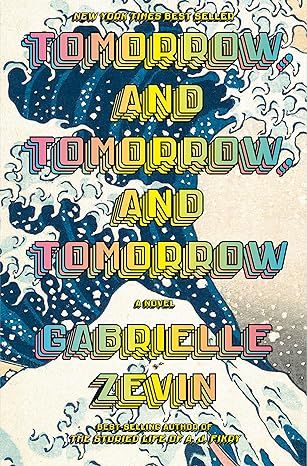
Tomorrow, and Tomorrow, and Tomorrow: A novel
4.4
-
95,875
$13.99

Weyward: A Novel
4.4
-
27,652
$11.99

Tom Lake: A Reese's Book Club Pick
4.3
-
37,302
$15.74
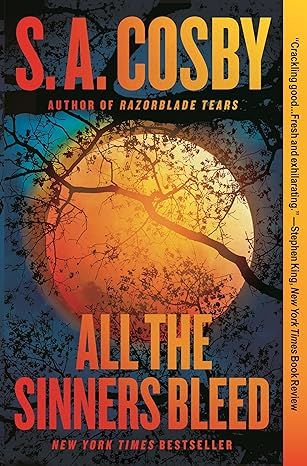
All the Sinners Bleed: A Novel
4.4
-
12,894
$13.55
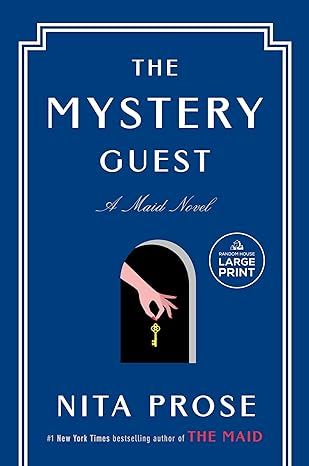
The Mystery Guest: A Maid Novel (Molly the Maid)
4.3
-
9,844
$14.99
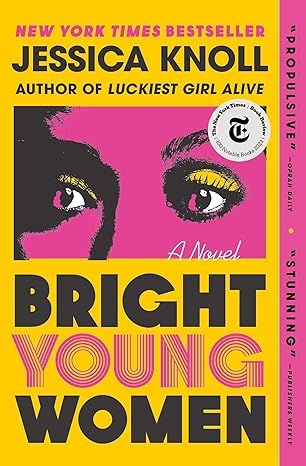
Bright Young Women: A Novel
4.2
-
8,485
$14.99

The Wager: A Tale of Shipwreck, Mutiny and Murder (Random House Large Print)
4.5
-
28,672
$14.99

Hello Beautiful (Oprah's Book Club): A Novel (Random House Large Print)
4.4
-
79,390
$14.99
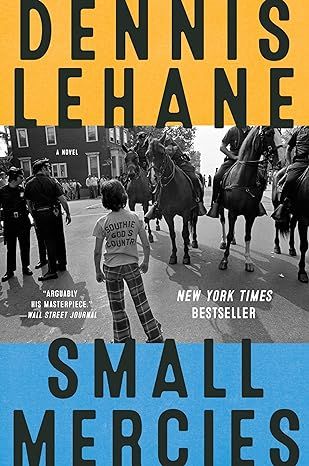
Small Mercies: A Detective Mystery
4.5
-
16,923
$10.00
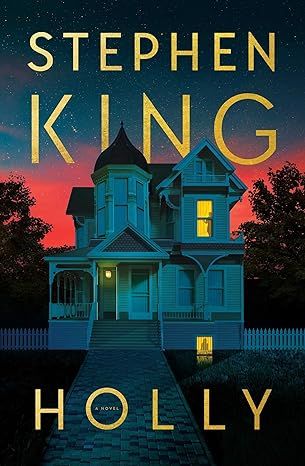
Holly
4.5
-
31,521
$14.99

The Covenant of Water (Oprah's Book Club)
4.6
-
69,712
$9.24
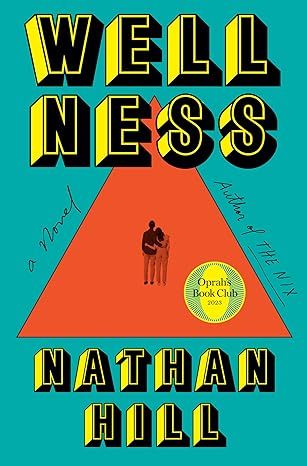
Wellness: A novel
4.1
-
3,708
$14.99
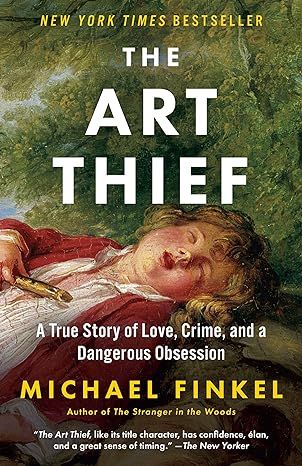
The Art Thief: A True Story of Love, Crime, and a Dangerous Obsession
4.3
-
4,805
$14.99

The Berry Pickers: A Novel
4.5
-
14,209
$14.99

Elon Musk
4.7
-
15,272
$16.99
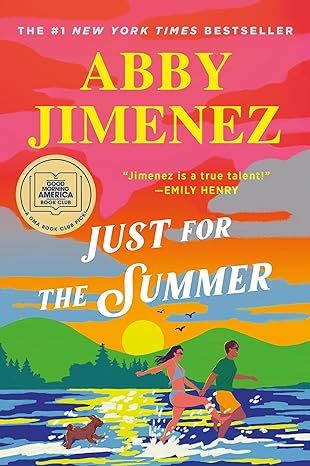
Just for the Summer
4.6
-
19,524
$11.99
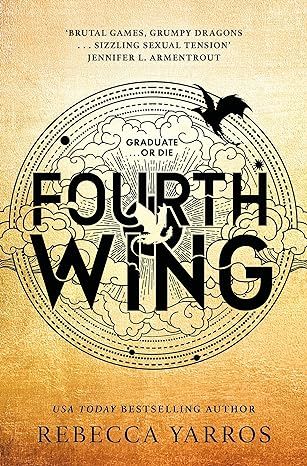
Fourth Wing (International Edition)
4.8
-
206,495
$7.95

Remarkably Bright Creatures: A Read with Jenna Pick
4.6
-
65,556
$15.80
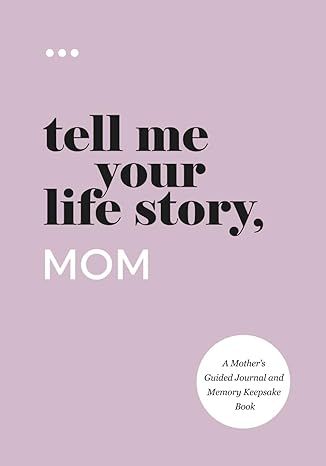
Tell Me Your Life Story, Mom: A Mother’s Guided Journal and Memory Keepsake Book (Tell Me Your Life Story® Series Books)
4.7
-
5,107
$11.24
